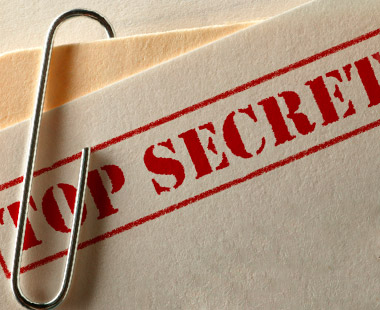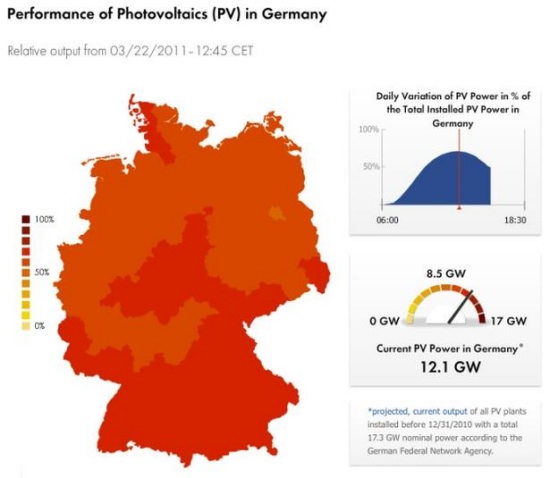Solar probably won’t really take off until it makes more economic sense to slap some photovoltaics on your roof than to continue paying your utility company for their dirty, probably mostly coal-fired power. That day has arrived in parts of sunny California and Hawaii, and it’s coming to (not-so-sunny) Germany by 2013, reports Michael Coren at Fast Company.
Global PV solar installation grew from 0.26 GW to 16.1 GW between 2000 to 2010, while manufacturing costs fell 100 times.
Secure · Tax deductible · Takes 45 SecondsSecure · Tax deductible · Takes 45 Seconds
Of course, “grid parity,” as it’s called, doesn’t mean you can just painlessly switch from the old power source to a new one. There’s still the up-front cost of installing solar panels, which is a lot to spend, even on something that is going to save you money in the long run. If you’re paying for them on your own, you’re essentially pre-paying your electricity bills for the next 20 to 30 years, which is something that only a tiny fraction of us can afford to do. (If you can afford it, it’s probably as good or better an investment than basically anywhere else you can put your money, though.)
But with help from a solar installer/financier like SolarCity or SunRun, homeowners and businesspeople can get those solar panels for something approaching no money down, and still save money on their monthly bill.
So what grid parity really means is that as the price of solar continues to fall, conscientious consumers will be able to make the right choice. If it’s a revolution, it’s an incredibly slow-moving one, at least for now. But once it picks up steam, it could still upend how our civilization generates the electricity that is the lifeblood of a sustainable future.



